Smart Inn
Personal Project | Fall 2021
UX UI Design | Adobe XD
Smart Inn was developed with the pandemic in mind, recognizing people's desire to minimize contact with the outside world. As a result, the app applies ubiquitous computing to assist users during their hotel stays, allowing them to perform various functions through their phones. By streamlining the hotel experience and maximizing convenience, Smart Inn aims to make guests' lives easier.
The final app design contains five main functions, "mode", "digital key", "device control", "hotel service", and "my profile". As for the visual aspect, it keeps the 2.5-dimensional style that emulates how buttons work. The system is supposed to use ubiquitous computing techniques. The app provides a vision for the future hotel experience when smart devices permeate more into our daily life.

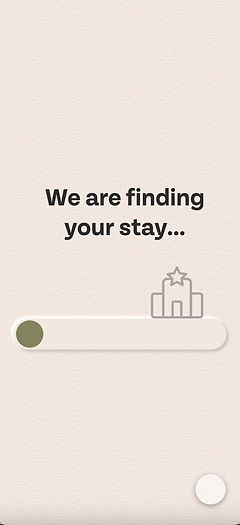
1
Streamlined Checkin Process
Smart Inn offers travelers a seamless and efficient check-in experience, allowing them to bypass long waiting lines and enjoy their stays in no time.
2
Easy to Control Modes
With just one click, users can power off their electronic devices. Additionally, they have the ability to customize and personalize different modes to meet their unique needs and preferences.
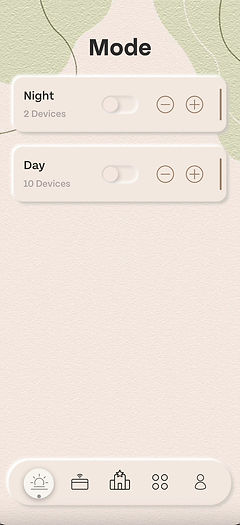

3
Using Digital Key
Smart Inn allows users to ditch traditional hotel cards and access their rooms with ease. By simply tapping their phone near the door locker, guests can quickly enter their rooms.
4
Emulational Device Control
Smart Inn incorporates a 2.5-Dimensional design style that provides users with a sense of familiarity and ease of use.

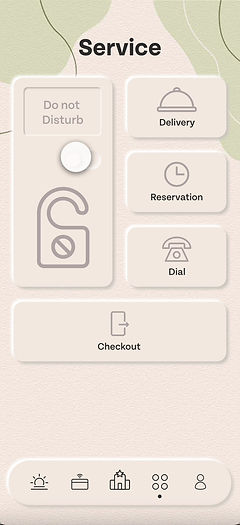
5
Access to Hotel Service
Smart Inn offers a comprehensive range of hotel services, including "do not disturb" requests, room service for food and beverages, reservations, and in-room phone dialing, ensuring that guests have access to all the essential amenities they need for a comfortable and enjoyable stay.
Design Process
Problem
UX Design
UI Design
Iterations & Testing
Final Outcome
Persona
After identifying the problem, I conducted thorough user research and developed four distinct personas based on their unique goals and pain points. These personas were motivated by a range of objectives, such as the desire to access hotel functions through their phone, reduce physical interactions with the outside world, or avoid long and time-consuming check-in lines. Additionally, my design approach considers how to eliminate technical barriers for those who are not as familiar with technology.
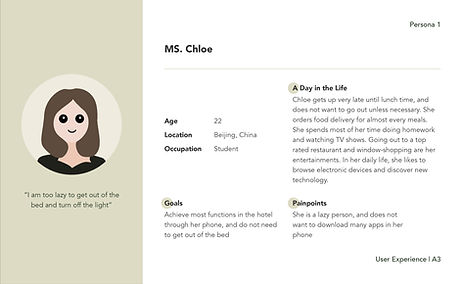




Task Analysis
To gain deeper insights into the primary persona's behavior, I conducted a task analysis in a chronological order that covered the hotel check-in process, room access, request for hotel services, and check-out procedures.

Site Map
Based on my investigations, I developed the basic structure of the app, which includes its main functions that meet the users' needs. I also prioritized these functions by assigning color codes based on their importance.

Style Guide
Smart Inn follows a simple and organized design style, characterized by a neutral color palette that creates a homely atmosphere. Additionally, the app incorporates the latest design trend of 2.5 dimensional neumorphism, which emulates the look and feel of real-life devices.

Wireframe Iterations
In the second iteration of my paper prototype, I implemented several changes, including clearer labeling of different screens, avoiding marking on top of the paper prototype, and redrawing several interfaces for improved efficiency.
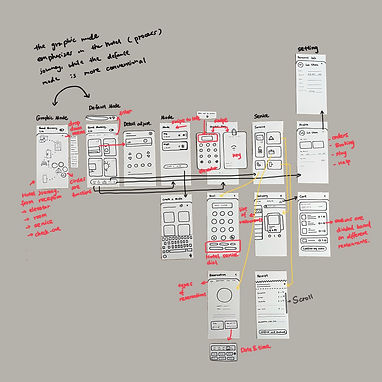

User Testing
To evaluate the usability of the app, I invited three target users and conducted usability testing, which involved completing tasks such as adjusting the air conditioner, ordering delivery, and switching to night mode.
Next steps:
-
Reconsider the necessity of the graphic mode to fit users' mental models
-
More literal hints to make the functions clear
-
Consider the icon of the “cart” in the delivery section
-
Reconsider the device interface




Final Design Solution
My final design aims to simplify and streamline the hotel experience, allowing users to access and control various hotel services and amenities through their phone.
The app features streamlined check-in, keyless entry, personalized modes, comprehensive hotel services, and efficient delivery options.
Through the iterative design process, I refined the app's structure and functions to meet users' needs, making changes based on user feedback to ensure the app's usability and efficiency.


Review the Process
Reflection
This project taught me the essence of human-centered design - never make assumptions or be stuck in my own mindset. Through user testing, I learned that what may seem obvious and clear to me may actually be confusing to others, even those who share common ground with me. As a result, I focused on eliminating these potential confusions to ensure that users could seamlessly use the app and access hotel services. This experience reinforced the importance of putting the user first in the design process.